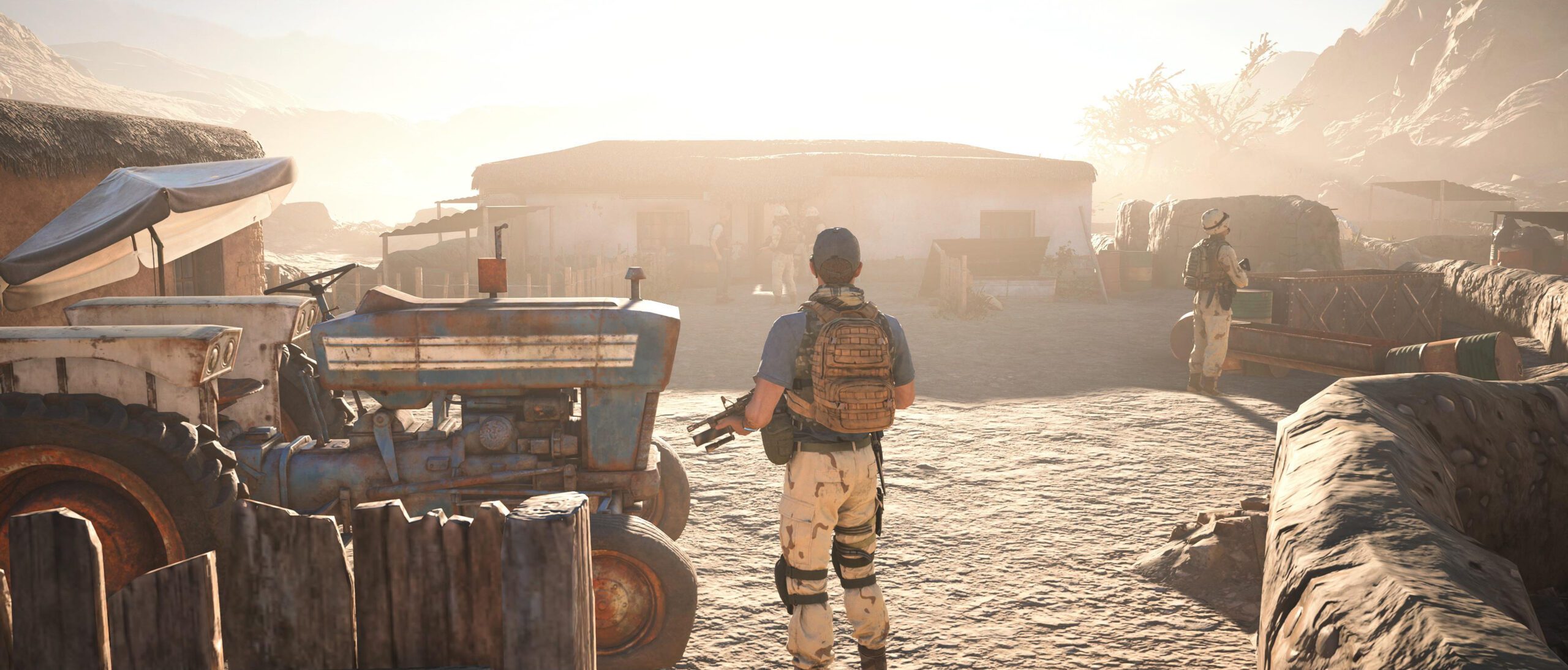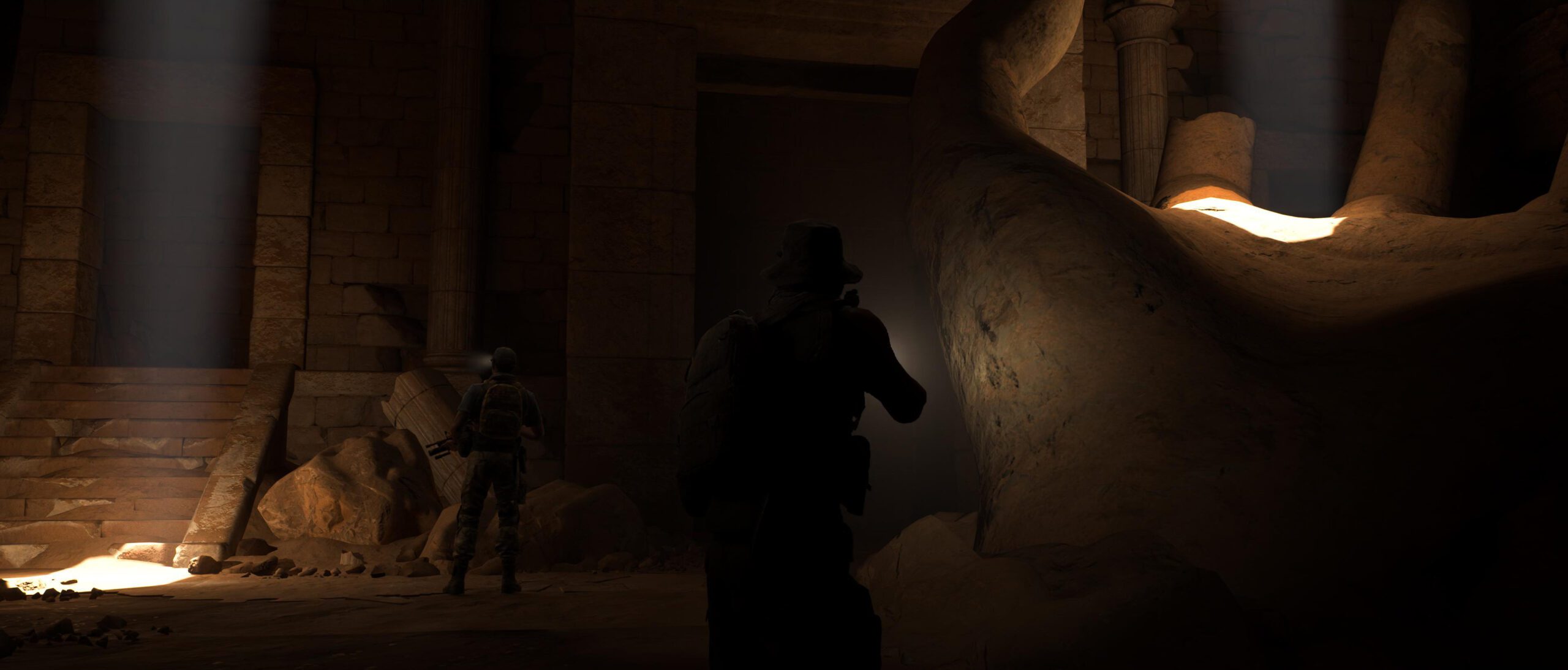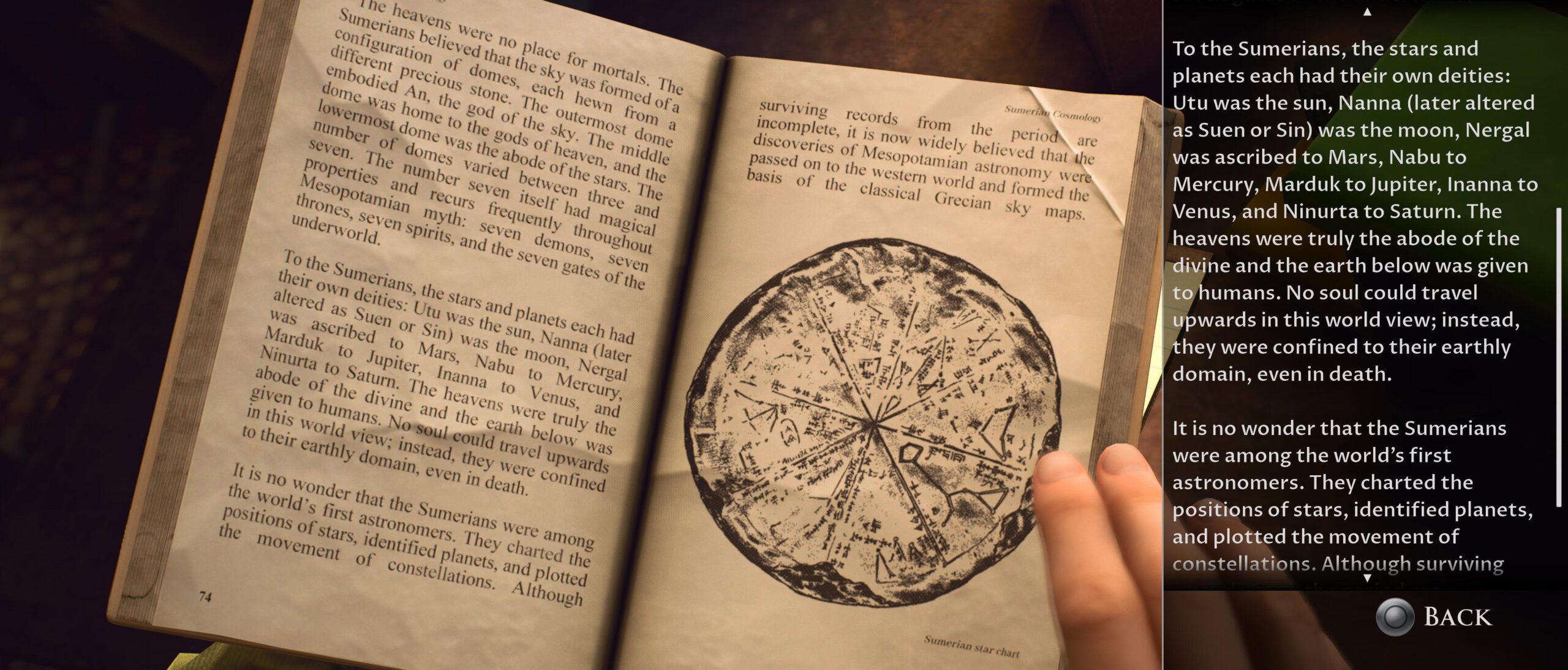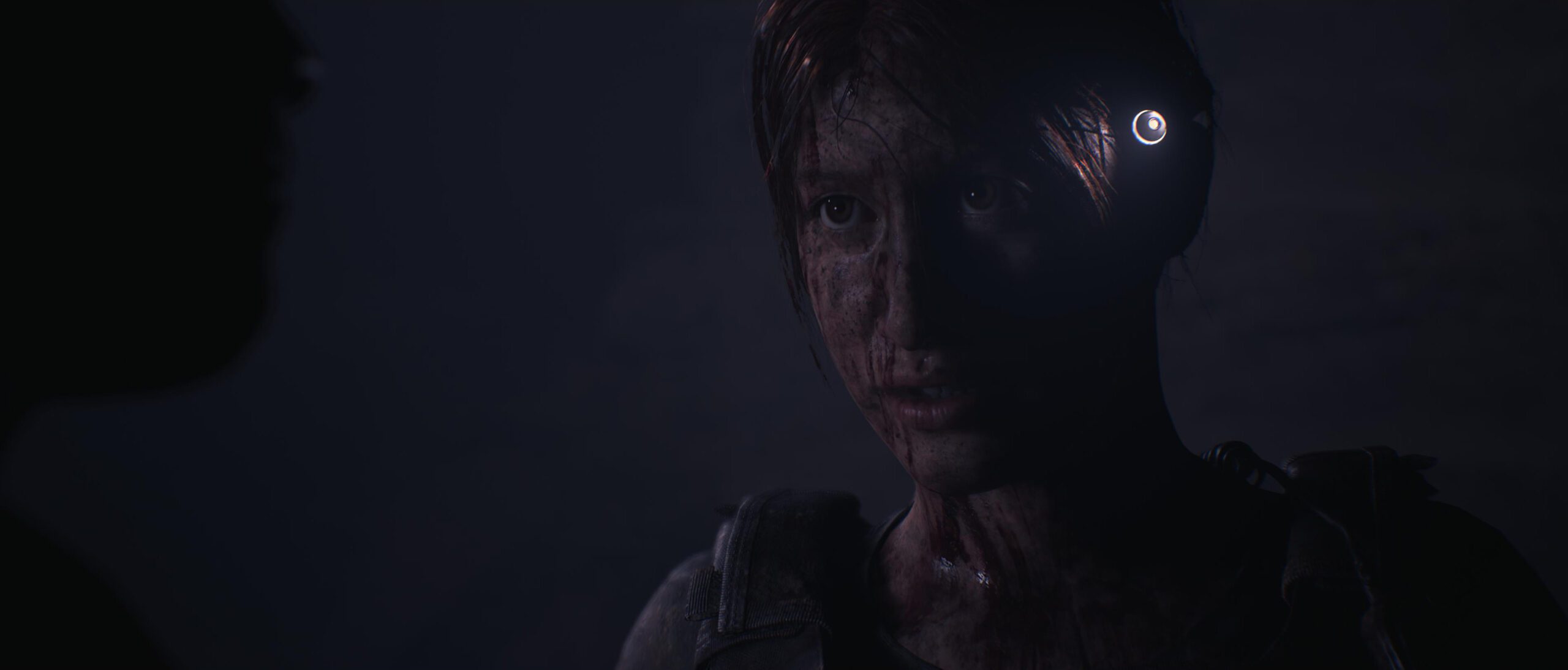We’re on an express elevator to hell
At this point, I feel like we know what to expect from The Dark Pictures Anthology, a sometimes spooky, sometimes campy, always better-with-friends series of standalone cinematic horror-adventure games. You’re either in, or you’re out — or you’re waiting for a complete collection, which, three games in with House of Ashes, still feels pretty far off.
Certain story framing decisions in The Dark Pictures Anthology have proven increasingly divisive among fans, and if you couldn’t tell by my high-scoring Little Hope review, I wasn’t too bothered by them — but a lot of fans hated how that game ended. That said, I would’ve been annoyed if Supermassive Games tried to pull the same trick three times in a row, and I’m glad to say upfront that House of Ashes goes in a (much-preferred) different direction. Whether that was a course correction or the plan all along, who knows.
House of Ashes is a riff on The Descent and Aliens. Monsters are lurking underground, and it’s not so much the fear of the unknown as it is a well-armed fight for survival. It’s my favorite spin on mythology from this studio since the still-unbeatable Until Dawn.

The Dark Pictures Anthology: House of Ashes (PC, PS4, PS5 [reviewed], Xbox One, Xbox Series X/S)
Developer: Supermassive Games
Publisher: Bandai Namco Entertainment
Released: October 22, 2021
MSRP: $29.99
Of all possible settings, House of Ashes is set during the “close of the Iraq War.”
The impetus for getting stranded in a hidden underground Sumerian temple with ancient ravenous beasts running amok is, brace for it, a hunt for weapons of mass destruction near the Zagros Mountains due to a maybe-legit-maybe-not satellite-based hunch.
If that scenario felt iffy to you after watching the trailers, or you weren’t vibing with the characters, including Ashley Tisdale’s CIA officer Rachel King, I’m right there with you. As much as I tried to go in with an open mind, controller in hand, I struggled to connect with this crew or their cause at first. I straight up wasn’t rooting for three of the five stars.
It’s not that it’s handled particularly clumsily, or that you can’t have a horror adventure game with heavily-armed protagonists in a modern real-world conflict, it’s more that it felt like a missed opportunity. I hesitate to use the word “forced” — more like “distracting.”

I get what they were going for (see: Aliens and Predator), and I get that The Dark Pictures Anthology tries to be grounded and contemporary. I just think there could’ve been a better, more engaging setup. The theme of this game — both in a short prologue with Naram-Sin of Akkad, and in modern times — is “the enemy of my enemy is my friend.”
I’ll be honest: they lay it on pretty thick, and it can feel heavy-handed, but when the game is less concerned about beating that drum and it gives the characters some room to breathe in a more personal, emotional, human way, it starts to click. I warmed up to most of them. The story also steps way up in the last act with some interesting multi-layered mythos, to the point where it made me retroactively appreciate the whole game more.
There are five characters to keep alive in House of Ashes, four of whom are Americans, and only one of whom, Salim Othman, is a lieutenant of the Iraqi Ground Forces. Salim is the most likable, pragmatic, and relatable of the bunch by far. He’ll try to convince his stubborn superior, and his so-called enemies, that they should probably be more concerned about getting out of this monstrous tomb than trying to backstab one another.
As always, the highlight of the experience is making the right call with dialogue choices and intense action-packed moments — or purposefully making the wrong choice, maybe even again and again, because you want to see how the branching story will shake out. For my part, House of Ashes kept wanting me to turn on someone sketchy, and I refused to do it in a fit of big-brain chess. That came back to bite me. But it’s all part of the fun.

Without spoiling anything, expect a more action-oriented tone than horror or dread, the latter of which I sorely missed. I wanted way, way more The Descent. There’s a drenched-in-crimson sequence straight out of that movie, and it’s fantastic, but it’s also short-lived.
While you will regularly slink through dark tunnels with a flashlight or a lighter, House of Ashes doesn’t do a consistently great job of instilling paranoia or fear. I felt like Little Hope could’ve done a bit more in that regard as well, and it’s a shame to feel its absence again.
I do like the third-person camera here (as opposed to fixed angles), and I also appreciated that some of the collectibles — scattered bits of lore from 1940s archeologists— come with fully voiced story sequences. I will say, picking up these nicely preserved pages felt very “video game-y,” even more so than usual. I felt too safe while searching for them.
Tonally, House of Ashes feels distinct from Man of Medan and Little Hope, for better or worse. Think more along the lines of the Until Dawn — specifically how you felt once you knew what the real threat was and just how dangerous it could be if you slipped up during a quick-time event. Of course, those were teens, and these are battle-hardened squadmates. But these winged creatures are relentless. And there’s a horde of ’em.
If you’ve seen the monsters up close before playing due to a YouTube thumbnail or the collector’s edition statue, don’t let that deter you — there are more surprises. The game doesn’t sink or swim based solely on what they look like, or how they’re dealt with.

On a technical front, I didn’t have any big issues with the PS5 version. The every-so-often load times are near-instantaneous, the lighting effects stand out (especially with flare-lit tunnels), and a stable and smooth frame rate went a long way. House of Ashes felt like a noticeable technical upgrade coming off of playing Little Hope on my PS4 Pro. While these aspects don’t necessarily make or break the game, they’re appreciated, for sure.
One thing I did notice, more than before, was that certain scenes had these split-second quirks where I noticed the seams. For instance, a character’s facial reaction would stick slightly longer than it should, or someone would hold a bit too still in a scripted moment. It felt like under the hood, the game couldn’t quite keep up as it was piecing together all of my past choices — making sure the next sequence logically checked out given who did what, and when. It’s by no means a dealbreaker, but my immersion took a slight hit.
While Little Hope‘s ending soured the whole experience for some players, I feel like House of Ashes‘ surprising final act, as well as its intriguing mid-credits wrap-up scene with hints about the wider Dark Pictures Anthology world, elevated the game for me. I’m so curious how everything fits together and what the shadowy Curator’s deal is. That said, even if I like the way this game wrapped up, I still struggled to feel very invested in the story, the characters, or their well-being for a big chunk of the experience, doubly so on a second (Curator’s Cut) playthrough. The early conversations are such a slow burn.
My biggest hangup with House of Ashes is the less-than-ideal Iraq War backdrop and, related, a few of the characters, who are just plain unlikeable or dull rather than people you “love to hate” in that fun horror-movie way. Worth stressing: both elements are at their worse in the beginning. Things do improve. You aren’t above ground for too terribly long, characters become more nuanced (or hey, you just get them killed off), and the story goes to some cool visual and thematic places that are unexpected for this series.
As much as I feel like this series is stuck in the shadow of Until Dawn for a large part of the audience, collectively, The Dark Pictures Anthology is becoming something memorable in its own right. I’ll keep enjoying these games as long as I can, House of Ashes included.
[This review is based on a retail build of the game provided by the publisher.]





Published: Oct 21, 2021 09:00 am